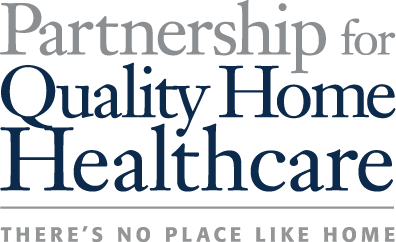August 6, 2012
Home Health Alliance Says Analysis Underscores Cost-Savings Potential
Posted in: News
Inside Health Policy
The Alliance for Home Health Quality and Innovation (AHHQI) is touting an industry-funded paper it says shows that using more home care services could prevent avoidable hospitalizations and readmissions for pre-acute, post-acute and non-post-acute episodes.
The paper is the fourth in a series called the Clinically Appropriate and Cost-Effective Placement (CACEP) project, paid for by AHHQI and conducted by Dobson Davanzo & Associates. The series will be finished this fall. The purpose of the project is to determine how home health should meet beneficiary needs and improve healthcare efficiency.
To conduct the study, Dobson Davanzo examine Medicare claims data from 2008 and 2009.
The analysis looked at the frequency of readmissions and Medicare expenditures across three types of episodes: pre-acute (which included the short term acute hospital stay (STACH) and 60 days prior), post-acute (which includes the STACH and 60 days afterward) and non-post-acute — or community-based — which runs nine months following patient discharged from home health services.
The analysis found that a hospital readmission increases the Medicare payment by at least 100 percent, but the readmissions costs of a non-post-acute episode is nearly 4 times greater than the original admission. Additionally, the report found that more than 43 percent of non-post-acute patients had an admission over the nine month period.
There are challenges with managing care that could be helped with higher utilization of home health, says AHHQI Executive Director Teresa Lee.
The Alliance concludes that the analysis shows opportunities for home health to provide appropriate care management that could improve efficiency and reduce readmissions across all episodes, and “significant” savings could be achieved by preventing avoidable hospitalizations of patients in the community setting. “If home health providers can treat patients longer and provide chronic disease management services, there may be opportunity to keep non-post-acute care patients from even entering the hospital,” AHHQI says in a summary of the analysis.
See the original article on the Inside Health Policy website by clicking here.
